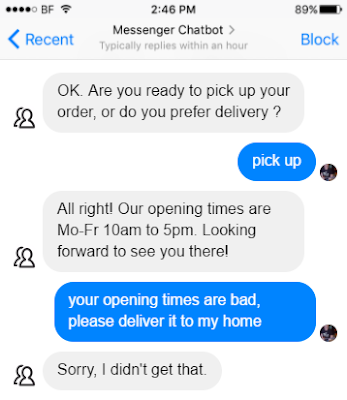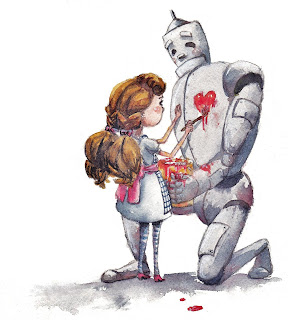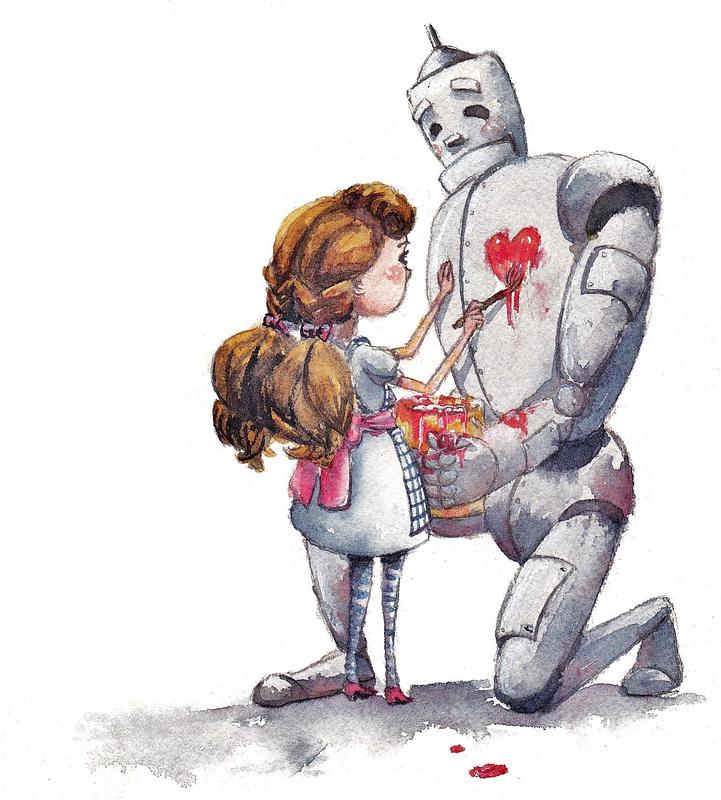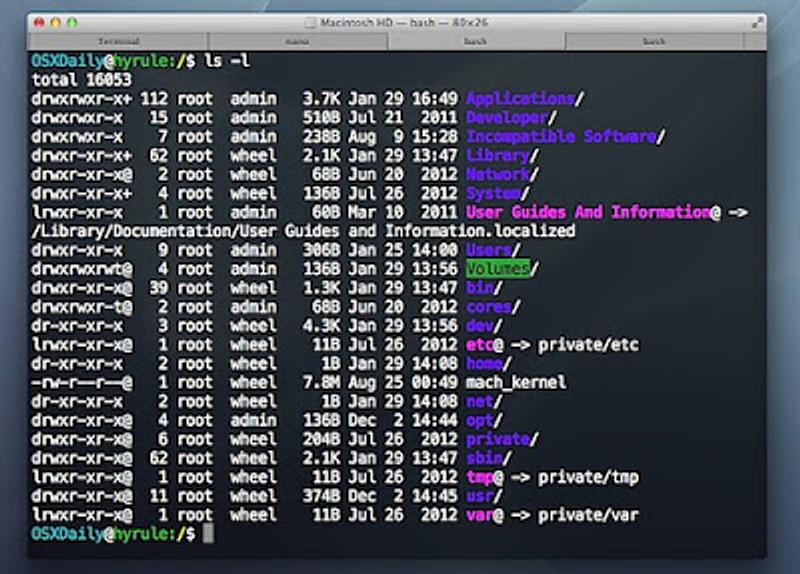Pre-Introduction
Chatbots are programmatically independent software engines which mimic the way that consumers talk to a person and answer them in a appropriate ways - This could be the simplest way in which you can describe them. Also, you can imagine them to be a situation where instead of you talking to a real person over chat, social media, phone or email, you are instead talking to a computer agent who replies on the human's behalf.
Introduction
Chatbots are almost everywhere now. Every banking website that you see, you have a bot icon at their bottom right corner. Website owners are also implementing chatbots for their websites where they feel that the chatbots can help their visitors in terms of information and also to reduce the amount of work done by the human counterparts.
In this essay/article, I would discuss about what the future of conversations are. What might happen to chatbots and what could become of the chatbots as we see now.

Computers are becoming more conversational as future unfolds.
Reduction of Human Work
Chatbots reduce the amount of work that needs to be done from a company perspective. If you see the following example, one can find that the work of understanding and taking action on it is being already done by the chatbot.

It just feels easier to use conversation to get things done. Image Credit: Loyalty Apps
The advantage the consumer gets is that he/she feels the same way about talking to another person and also getting the work done. It doesn't feel out of place and the consumer is still in his/her comfort zone which by business parlance is just as good as it can get for retaining the customer trust. The reduction of work by humans can come in many ways:
- Information retrieval - pulling out information related to customer questions
- Example: Frequently answered questions on consumer queries
- Information submission - note down relevant information from the consumer
- Example: Table booking at a restaurant
- Information transformation - Present consumer's data in a readable format
Chatbots can actually go up a higher on the pyramid and try to build meaningful conversations that can help the consumers to trust and and build a rapport with the business brand.
Are All Conversations Good Conversations?
The smothering truth of the conversations with the chatbots is that you will feel repeated and you will end up wanting to talk to a real person who can help you better. See the below example.

Chat conversation gone wrong. Image Credit: Chatbots Magazine
Conversations that can definitely improve on the current consumer situation - be it a helping hand, providing the right information at the right time or helping the customer to commit to the right journey for him/her - would be the utmost purpose of a conversation chatbot. If it fails to accomplish the same for the various reasons, we will be getting the consumer distrust and irritation.
Can Chatbots Rule the World?
I personally think that the chatbots if done well, can in-fact rule the entire world. For example, take the google's example of Google Assistant calling the restaurant to book a table for you. This is a real good example of how a computerised system can do better and complex jobs for you and even take decisions for you. If the complexity that goes into building a chatbot and decisions that come out of each interaction with the chatbots increase with time, the future is near for the chatbots to take care of our almost entire day-to-day work.
Combine this thought process with the availability of big data and you have a customer profile which can be a very useful additive to base decisions on. When big data can enable marketing, big data can definitely help chatbots become more useful in the future.
The Future is Conscious Bots
The bots that behave in alignment with the users' consciousness will outweigh bots that are just conversational in nature. When you can empathize and sympathize with your consumers intelligently and understand where the consumer is feeling the pain, that's where the chatbots will excel very much. Conscious bots are an extended arm to what chatbots are currently with more decisions that can be taken by the bot on behalf of the consumer. The conscious bots can possibly do these in the future:
- Get to understand consumer behavior
- This can be done by understanding the customer behavior on website, and elsewhere
- Support more and vast variety of customer decisions with actionable items
- Enable consumers to do anything that they want and not limited to a set of pre-built actions
- Suggest options based on the consumer mood and emotion
- Understand the consumer in his/her journey and suggest options accordingly to his positive or negative experience with the brand.
- Take proactive actions based on consumer behavior
- Enable consumers to repeat or automate certain actions based on his/her previous actions and the bots can extract this insight from the big-data blackbox of consumer behaviors and his/her similarly profiled consumers.
Conscious bots will sprout when the current chatbots can enable the people to do more things correctly and when it hits a ceiling of possibilities with the current chatbot model.
Conclusion
Chatbots are on its way to success in helping consumers in getting their actions done. But it also means that it will pave its way for something more meaningful to rise up and be the heart of the Tin-Man of Oz.




